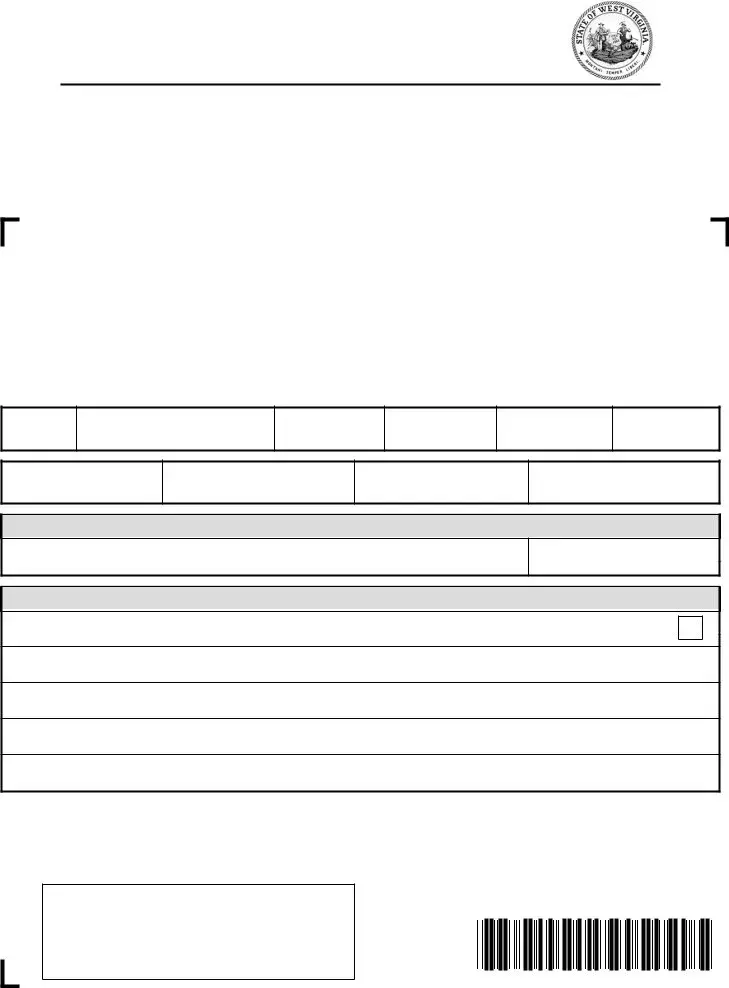What is the West Virginia Estimated Tax form?
The West Virginia Estimated Tax form, identified as WV/IT-140ES, is a document designed for taxpayers who expect to owe at least $600 in State tax on their annual income tax return. It is used to make quarterly estimated payments toward the taxpayer's state tax obligation.
Who needs to fill out the West Virginia Estimated Tax form?
Any individual who anticipates owing at least $600 in state taxes for the year is required to fill out and submit the West Virginia Estimated Tax form. This typically includes individuals who do not have taxes withheld from their salary or those who anticipate significant income from other sources.
How can one determine how much to pay for each estimated tax payment?
Using the instruction brochure Form IT-140ESI, available at the official website www.tax.wv.gov, individuals can calculate their estimated taxes. Payments should not be less than the minimum amount calculated via the instructions. However, taxpayers have the option to pay more than the minimum to avoid underpayment penalties.
What happens if information preprinted on the form is incorrect or has changed?
If any preprinted information is incorrect or has changed, individuals should check the "Change of Address" box on their form. They are then required to provide the correct name(s) and mailing address, including city, state, and zip code, to ensure their records are up to date.
Where should the West Virginia Estimated Tax payments be mailed?
Payments should be mailed to the State Tax Department, Tax Account Administration Division - EST, P.O. Box 342, Charleston, WV 25322-0342. It's important to send the payments by the due date to avoid any potential penalties.
Can payments be filed online?
Yes, individuals have the option to file their estimated tax payments online by visiting https://mytaxes.wvtax.gov. This platform offers a convenient way to manage and submit estimated tax payments securely.
Who can be contacted for assistance regarding the West Virginia Estimated Tax form?
For assistance, individuals can call the West Virginia State Tax Department at (304) 558-3333 or toll-free at (800) 982-8297. Additionally, more information and resources can be found on their website at www.tax.wv.gov.
